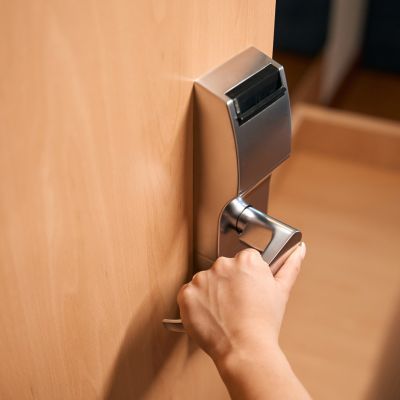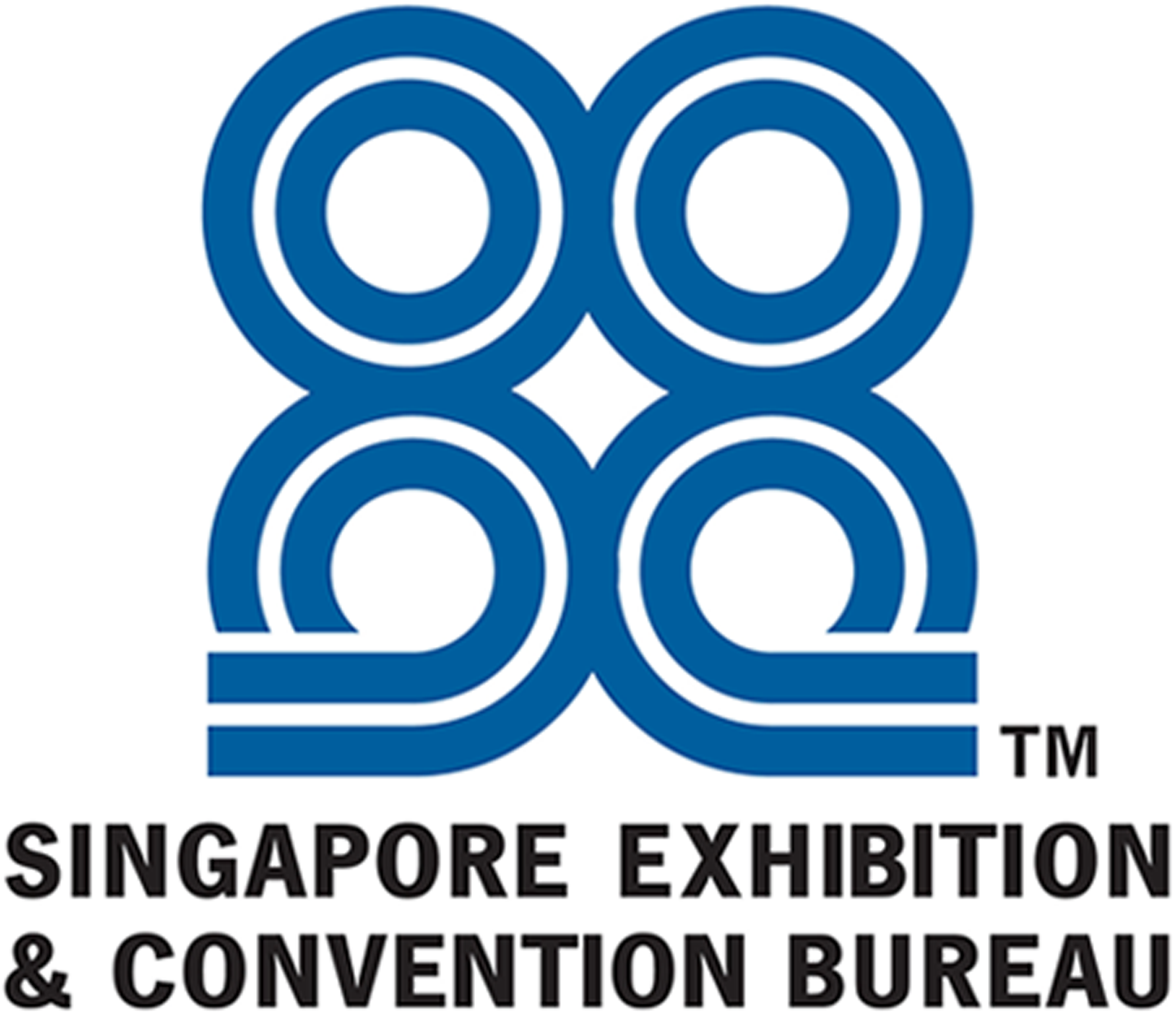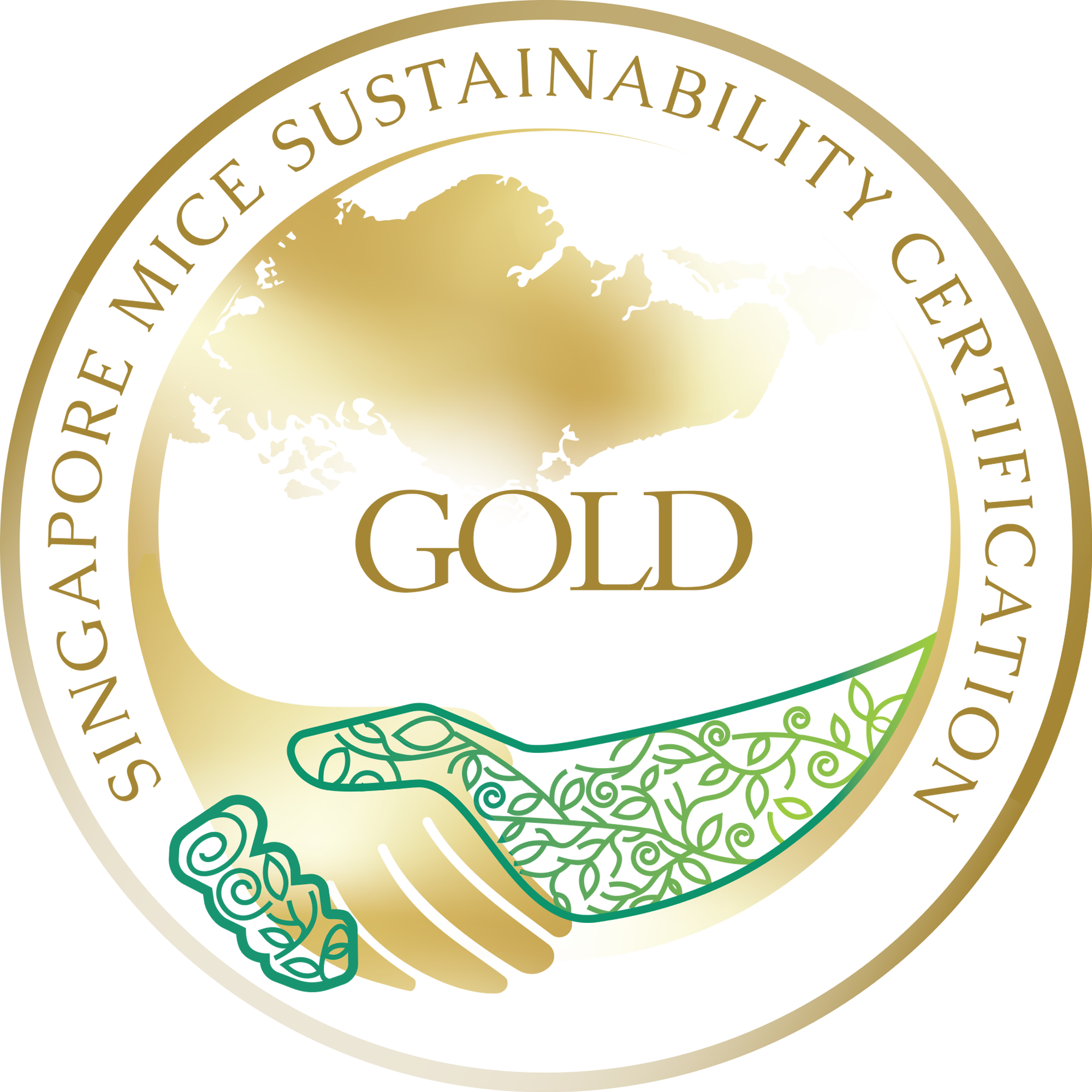Coffee brewing has become more than just a morning routine. It is now an art form enjoyed by enthusiasts worldwide.
Among the many brewing methods available, Pour Over and French Press are two of the most popular, each offering a distinct approach to crafting the perfect cup.
Comparing the difference between pour-over and French press coffee can help you decide which one is best for you!
Coffee culture has grown tremendously in Asia, with a significant rise in homebrewing. Statista reports that the revenue in the Coffee Machines market in Southeast Asia is estimated to be US$238.20m by the end of 2024.
The Pour Over method is known for its precision and ability to highlight the delicate flavors of specialty beans. It involves slowly pouring hot water over coffee grounds in a filter, allowing complete control over brewing.
On the other hand, the French Press is renowned for its simplicity and the rich, full-bodied coffee it produces.
This method steeps coarse coffee grounds in hot water and presses them through a metal filter, retaining more oils and natural flavors, resulting in a robust and intense brew.
In this blog, we’ll dive into the differences between Pour Over and French Press brewing, exploring the pros and cons of each method.
What is Pour Over Coffee?
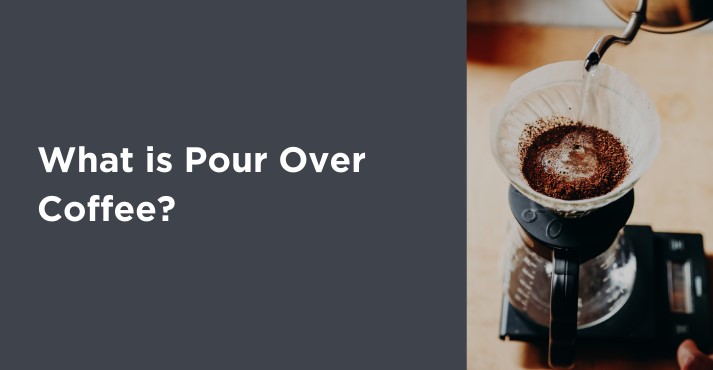
Pour-over coffee is a manual brewing method emphasizing precision, control, and extracting delicate flavors from coffee beans.
It involves pouring hot water over coffee grounds, allowing the water to flow through the grounds and a filter, resulting in a clean and smooth cup of coffee.
This method is famous for its ability to highlight the complex flavors and aromas of specialty single-origin coffee beans, making it a favorite among coffee experts.
The Pour-over method has its roots in Japan, where it became popular in the early 20th century. It gained worldwide recognition when the Hario V60 dripper, a cone-shaped device with a unique spiral design, was introduced in the 1950s.
The Pour-over technique has since evolved into a global phenomenon. It is offered by specialty coffee shops, home brewers, and coffee trade shows because it produces a bright and flavorful brew.
Brewing Process

Here’s a step-by-step guide to help you brew a delicious cup of Pour Over coffee:
- Heat the Water: Heat fresh, filtered water to around 200°F (93°C). A gooseneck kettle is ideal because it controls the pouring speed and direction.
- Grind the Coffee: Use a burr grinder to grind your coffee beans to a medium-fine consistency, similar to granulated sugar. The standard ratio is about 1 gram of coffee to 15-17 grams of water, but you can adjust this based on your taste preferences.
- Prepare the Dripper: Place the dripper on your coffee mug or carafe. Insert a paper filter into the dripper, rinse it with hot water to remove any paper taste, and preheat it. Discard the rinse water.
- Add the Coffee Grounds: Pour the coffee into the filter, ensuring the coffee bed is level. Give the dripper a gentle shake to even out the grounds.
- Begin the Pour: Start by pouring a small amount of hot water over the grounds, just enough to saturate them evenly. This is known as the “bloom,” and it helps release trapped gases from the coffee. Let it bloom for 30-45 seconds.
- Continue Pouring: After the bloom, pour the hot water slowly in a circular motion, starting from the center and moving outward. Pour in stages, pausing occasionally to allow the water to filter through the coffee grounds. This process should take about 3-4 minutes.
- Finish and Enjoy: Once all the water has passed through the grounds, remove the dripper and discard the filter and used coffee grounds. Give the brewed coffee a gentle swirl to mix, and enjoy your perfectly brewed Pour Over coffee.
This brewing process allows you to extract coffee’s flavors, producing a clean, crisp, and aromatic cup.
Flavor Profile and Characteristics
Pour Over coffee is known for its clean and aromatic flavor profile. The method’s slow and controlled brewing process allows for precise extraction, highlighting the subtle and delicate flavors of the coffee beans.
Pour Over coffee tends to be lighter, with a crisp and vibrant clarity that brings out the subtle notes often lost in other brewing techniques.
One of the defining characteristics of Pour Over Coffee is its clarity. The paper filter used in this method effectively removes most oils and fine particles from the coffee, resulting in a smooth and refined cup.
This filtering process emphasizes the coffee’s brighter, more acidic notes, making it ideal for single-origin beans known for their unique flavors and terroir.
Aromas are also more pronounced in Pour Over coffee, allowing drinkers to fully appreciate the complex bouquet of scents, from fruity and floral to nutty and chocolaty.
Popular Brands and Models
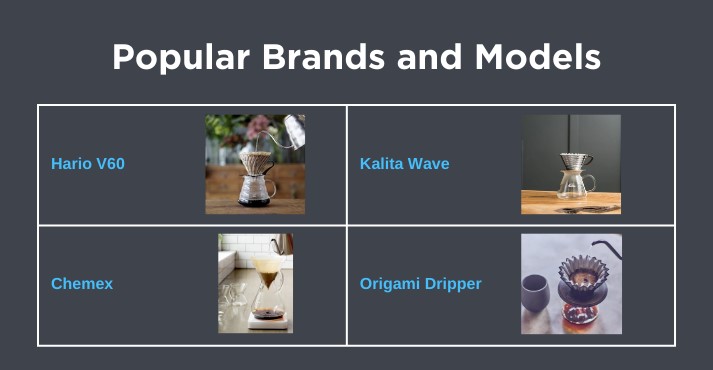
Several popular brands and models are synonymous with Pour Over coffee brewing, each offering unique features that cater to different preferences and brewing styles.
Here are some of the most well-known brands playing their part in making coffee shop menus a hit:
- Hario V60: The Hario V60 is known for its versatility and precision. Its cone-shaped dripper, with spiral ridges and a large single hole, allows optimal water flow and extraction. The dripper is available in various materials, including ceramic, glass, plastic, and metal, making it accessible for beginners and professionals.
- Chemex: The Chemex is a classic pour-over brewer known for its elegant design and thicker paper filters, which contribute to an exceptionally clean cup. Its hourglass shape and wooden collar make it a beautiful and functional addition to any coffee setup. The Chemex produces a slightly richer cup than the Hario V60 but still maintains the clarity and brightness associated with Pour-over coffee.
- Kalita Wave: The Kalita Wave dripper is another popular option. It features a flat-bottom design with three small holes for more even extraction. This design helps create a more consistent brew, reducing over-extraction chances.
- Origami Dripper: Inspired by Japanese origami, this is visually stunning and highly functional. Its ridged design improves airflow and offers flexibility in brewing techniques. It works with flat-bottom and cone-shaped filters, giving users more control over the extraction process.
Each Pour-over device has unique characteristics, allowing coffee enthusiasts to choose the one that best suits their brewing preferences and aesthetic tastes.
What is French Press Coffee?
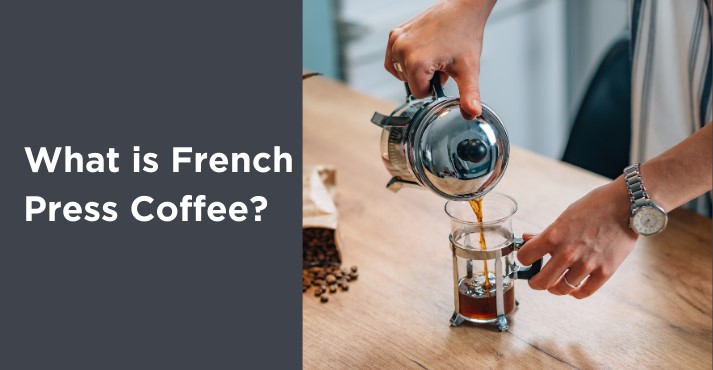
French Press coffee is a popular brewing method known for producing a rich, full-bodied cup of coffee. It is often made using robusta coffee beans.
The French Press immerses coarse coffee grounds directly in hot water, allowing the oils and fine particles to remain in the brew.
This results in a more robust and flavorful coffee with a heavier mouthfeel, making it a favorite for those who enjoy a bold and intense cup.
The French Press, also known as a press pot or plunger pot, has a storied history dating back to the 1920s. In 1929, an Italian designer, Attilio Calimani, filed the first patent for the French press.
Over the decades, the design was refined and popularized, particularly by the French, which is how it got its name.
The French Press became widely recognized for its simple yet effective design, consisting of a cylindrical glass or metal container, a plunger with a mesh filter, and a lid.
Its straightforward brewing process and ability to produce robust and flavorful coffee have made it a beloved method worldwide.
Brewing Process

Brewing coffee with a French Press is straightforward and requires minimal equipment. Here’s a step-by-step guide to help you brew a perfect cup:
- Heat the Water: Heat fresh, filtered water just below boiling, around 200°F (93°C). A kettle with temperature control is ideal, but a regular kettle also works.
- Grind the Coffee: Use a burr grinder to grind your coffee beans to a coarse consistency, similar to breadcrumbs. The ratio typically used is 1 gram of coffee to 15-18 grams of water.
- Prepare the French Press: Remove the plunger and add the ground coffee to the bottom of the French Press. Give the press a gentle shake to level the coffee grounds.
- Add the Water: Pour the hot water over the coffee grounds, ensuring all the grounds are fully saturated. Stir the mixture gently to ensure even extraction.
- Steep: Place the lid on the French Press with the plunger pulled up. Let the coffee steep for about 4 minutes. This steeping time can be adjusted depending on your preferred strength.
- Plunge and Serve: Slowly press the plunger down with steady pressure to separate the coffee grounds from the liquid after steeping. Pour the brewed coffee into your cup immediately to avoid over-extraction, which can lead to bitterness.
- Enjoy: Savor the rich and full-bodied flavor of your freshly brewed French Press coffee.
This simple brewing process allows the French Press to extract the full flavor potential of the coffee beans, resulting in a hearty and satisfying cup.
Flavor Profile and Characteristics
French Press coffee is known for its rich, full-bodied, and robust flavor. This brewing method allows the coffee to retain more natural oils and fine particles, leading to a heavier and more substantial mouthfeel.
The absence of a paper filter, which typically absorbs some of the oils and flavors, means that French Press coffee offers a more intense and unfiltered experience than other methods.
The flavors are more concentrated, making it an excellent choice for those who enjoy a strong cup of coffee with a complex taste.
This method brings out the darker, earthy notes in coffee, such as chocolate, nuts, and spice, while providing a smooth yet robust lingering aftertaste.
Popular Brands and Models
Several brands have established themselves as leaders in the French press market, offering unique features and designs that cater to different preferences.
Here are some of the most popular brands and models:
- Bodum: Bodum is the most well-known brand among French Press coffee makers. Their classic model, the Bodum Chambord, is iconic with its simple yet elegant design. The Chambord features a heat-resistant borosilicate glass carafe, a stainless steel frame, and a plunger with a fine mesh filter.
- Espro: Espro is known for taking the French Press to the next level with its innovative design. The Espro Press features a double micro-filter system that significantly reduces the amount of sediment in the cup while retaining French Press coffee’s rich flavor. This dual-filter technology gives you a cleaner cup without sacrificing the full-bodied taste.
- Frieling: Frieling French Presses are famous for their durability and heat retention. Made entirely of double-walled stainless steel, Frieling presses keep coffee hot longer and are virtually unbreakable. Frieling French Presses are ideal for those who value quality construction and a long-lasting product.
- Le Creuset: Known for its high-quality cookware, it also offers a line of French Press coffee makers that combine style and functionality. Made from colorful stoneware, Le Creuset French Presses are durable and add color to any kitchen. While heat retention is lower than in stainless steel models, the aesthetic appeal and solid construction make them famous.
- SterlingPro: SterlingPro offers an affordable yet high-quality French Press that has gained popularity among coffee enthusiasts. Their model features a double-wall stainless steel design for superior heat retention and a dual filter system to minimize sediment in the cup. It’s a budget-friendly option that keeps quality and performance high.
Each of these French Press models offers something unique: Bodum’s classic design, Espro’s advanced filtration, or Frieling’s durability.
Choosing the right French Press depends on your preferences for design, functionality, and the coffee experience you seek.
Comparing Pour Over and French Press
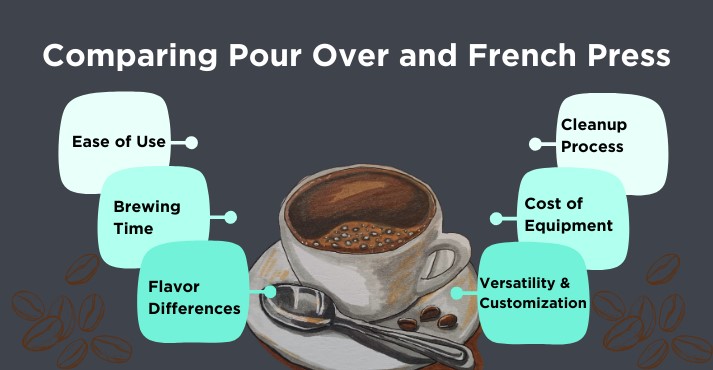
When choosing between Pour Over and French Press coffee, it’s essential to consider several factors that can impact your brewing experience and the final flavor of your coffee.
Both methods offer unique advantages and cater to different preferences, whether for a clean cup or a rich, full-bodied brew.
Ease of Use
- Pour Over: Pour Over coffee requires a precise technique, making it slightly more complex than the French Press. The process involves carefully controlling the water temperature, pouring speed, and timing to achieve the desired extraction. While this allows for a more customized brew, it also means a steeper learning curve, particularly for beginners.
- French Press: The French Press is generally easier to use and has a more straightforward brewing process. Add coarsely ground coffee, pour hot water, stir, steep, and press the plunger. This simplicity makes it an excellent choice for those who want a reliable and consistent brew without mastering intricate techniques.
Brewing Time
- Pour-over: The method typically takes 3 to 4 minutes, depending on the coffee-to-water ratio and the grind size. While the brewing process is relatively quick, continuous attention is required during the pour.
- French Press: French Press coffee usually takes about 4 to 5 minutes to brew, with most of that time dedicated to steeping. The process differs from Pour Over, as you can simply set a timer and wait for the coffee to brew.
Flavor Differences
- Pour-over: The Pour-over method produces a clean, bright cup with a more delicate flavor profile. It’s known for highlighting the subtle flavors of specialty coffee beans, making it ideal for lighter roasts and single-origin coffees.
- French Press: French Press coffee offers a rich, full-bodied flavor with a more robust and intense profile. The metal filter allows more oils and fine particles to pass through, which adds to the coffee’s texture and depth.
Cleanup Process
- Pour Over: Cleanup for Pour Over is relatively easy. You discard the used paper filter with the grounds and rinse the dripper.
- French Press: Cleaning a French Press can be more involved. After brewing, you need to separate the coffee grounds from the plunger, which can be messy. Additionally, the plunger and mesh filter must be cleaned thoroughly to ensure no grounds or oils remain, which could impact the flavor of subsequent brews.
Cost of Equipment
- Pour Over: Pour-over equipment can vary in price depending on the brand and materials. Basic drippers like the Hario V60 are relatively affordable, but the costs can add up if you invest in high-end models like a Chemex or a high-quality grinder and kettle. You might spend between $20 and $100 on average for a good Pour-over setup.
- French Press: French Presses are generally affordable, with many high-quality models available for around $30 to $70. Since they don’t require additional equipment like filters, the overall cost is often lower than a Pour-over setup.
Versatility and Customization
- Pour Over: Pour Over coffee offers a high level of customization, allowing you to experiment with grind size, water temperature, pour speed, and brewing time to achieve the perfect cup.
- French Press: While simple, it still allows for some customization, particularly regarding the coffee-to-water ratio and steeping time. However, compared to Pour Over, it offers less control over the brewing process, making it less versatile for those who like to experiment with different variables.
Pour Over and French Press have unique strengths; the best choice depends on your preferences.
Pros and Cons of the Two Brewing Methods
When deciding between Pour Over and French Press coffee, it’s helpful to weigh the pros and cons of each method.
Both brewing techniques have advantages and disadvantages, which can impact your daily coffee routine and the overall taste of your brew.
Pour Over: Pros and Cons
Pros
- Precision and Control: Pour Over allows for precise control over every aspect of the brewing process, from water temperature to pouring technique. This precision lets you fine-tune the extraction to match your taste preferences, resulting in a consistently high-quality cup of coffee.
- Clean Flavor: Pour-over brewing uses a paper filter to remove most oils and fine coffee particles, resulting in a clean, crisp cup with a bright flavor profile. This method highlights the subtle flavors of specialty or single-origin beans.
- Aromatic Experience: Pour Over’s slow brewing process enhances the coffee’s aroma, providing a sensory experience many coffee enthusiasts appreciate.
- Aesthetic Appeal: Many Pour Over devices, like the Chemex, are visually appealing and can add a touch of elegance to your kitchen or coffee station.
Cons
- Complexity and Learning Curve: Pour-over brewing requires precision that can be daunting for beginners. Achieving the perfect cup may require practice, experimentation, and patience.
- Time-Consuming: Pour-over brewing requires more time and attention than other methods. The need to pour water slowly and steadily over the coffee grounds makes this method unsuitable for those in a hurry.
- Cost of Equipment: High-quality Pour Over equipment, such as specialty drippers, kettles, and grinders, can be expensive. While basic setups are affordable, a more advanced setup can be costly.
- Waste: Using disposable paper filters contributes to waste, although reusable metal filters are available as an alternative.
French Press: Pros and Cons
Pros
- Rich and Full-Bodied Flavor: French Press Coffee is known for its bold and robust flavor profile. The metal mesh filter allows oils and fine coffee particles to pass through, resulting in a cup with a rich texture and a deep, complex taste.
- Simplicity and Ease of Use: The French Press is easy to use, making it accessible for beginners. The process involves just a few steps: add coffee, pour water, steep, and press.
- No Need for Filters: Unlike Pour Over, the French Press doesn’t require paper filters, reducing waste and the ongoing cost of brewing supplies.
- Affordable: French Presses are generally affordable, and even high-quality models are reasonably priced. This makes it an attractive option for those seeking a cost-effective brewing method.
- Versatility: The French Press can brew more than just coffee. It’s also practical for making loose-leaf tea, cold brew coffee, or even frothing milk.
Cons
- Sediment in the Cup: One of the main drawbacks of French Press coffee is the presence of acceptable coffee grounds in the final cup. While some enjoy the texture, others may find it unpleasant.
- Cleanup: Cleaning a French Press can be a bit messy. The coffee grounds must be separated from the plunger, and the mesh filter requires thorough cleaning to remove all residue.
- Lack of Precision: While the French Press is easy to use, it offers less control over the brewing process than Pour Over. This lack of precision can lead to inconsistent results, especially for those who like to experiment with different brewing variables.
- Heavier Mouthfeel: French Press coffee’s full-bodied nature may appeal to only some. Those who prefer a lighter, cleaner cup may find the brew too intense or heavy.
Both the Pour-over and French Press methods offer distinct benefits and drawbacks. Your choice ultimately depends on your taste preferences, the time you’re willing to invest in brewing, and how much control you want over the process.
Whether you prefer the precision and clarity of Pour Over or the richness and simplicity of French Press, each method provides a unique coffee experience.
Conclusion
Choosing between pour-over vs. French press coffee depends mainly on your preferences and lifestyle. If you value a clean and simple cup of coffee, the Pour-over method might be the right choice.
It offers a more delicate flavor profile and allows for a high degree of customization but requires more time, attention, and practice.
On the other hand, if you prefer a bold, full-bodied cup with a rich texture and want a simple brewing process, the French Press could be your go-to method.
It’s easy to use, cost-effective, and versatile, making it an excellent option for those who want a strong, robust cup of coffee without much hassle.
Both methods have unique strengths and can provide a satisfying coffee experience.
Whether you choose Pour-over’s precision or the French Press’s simplicity, the key is to enjoy the process and the coffee that results from it.

